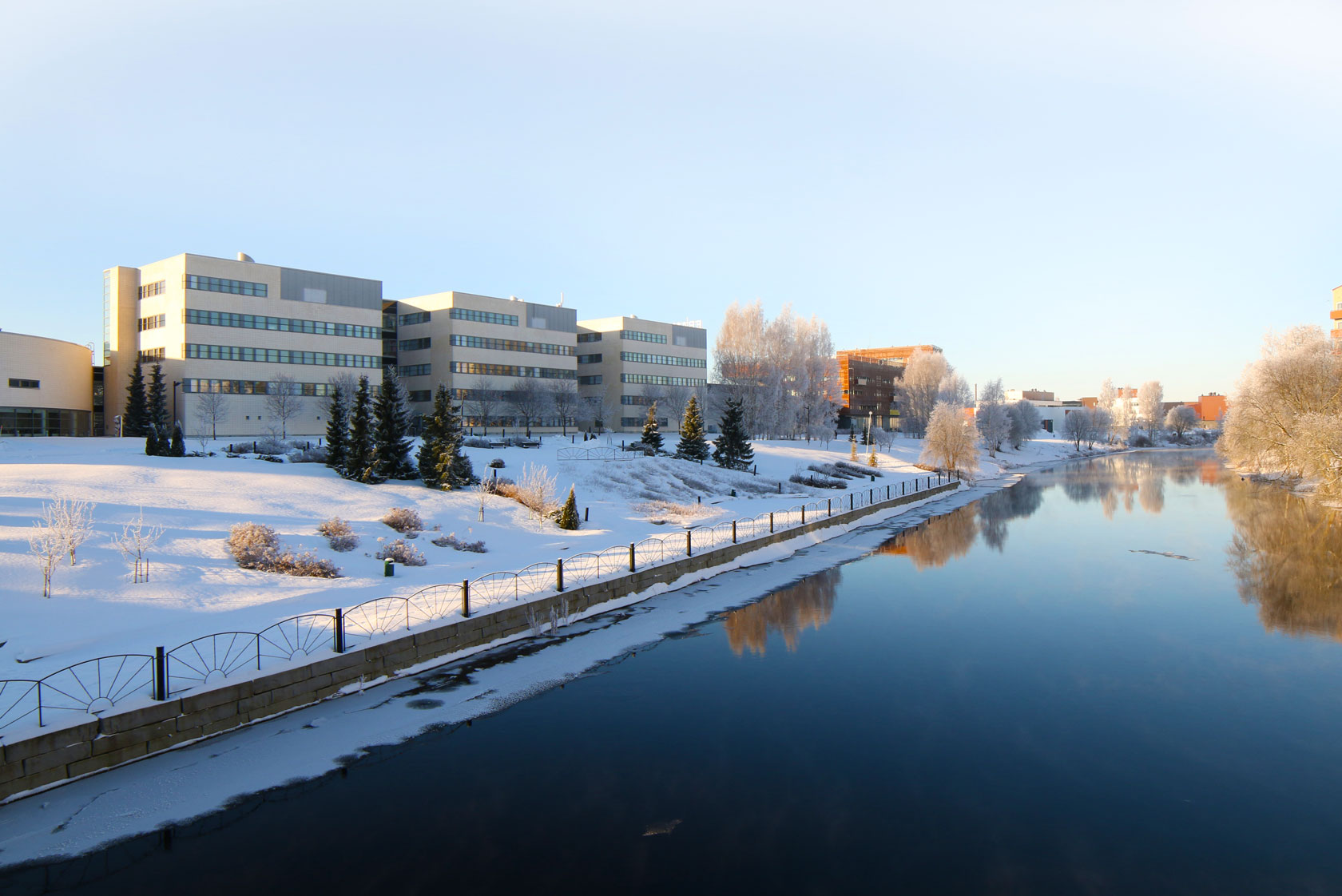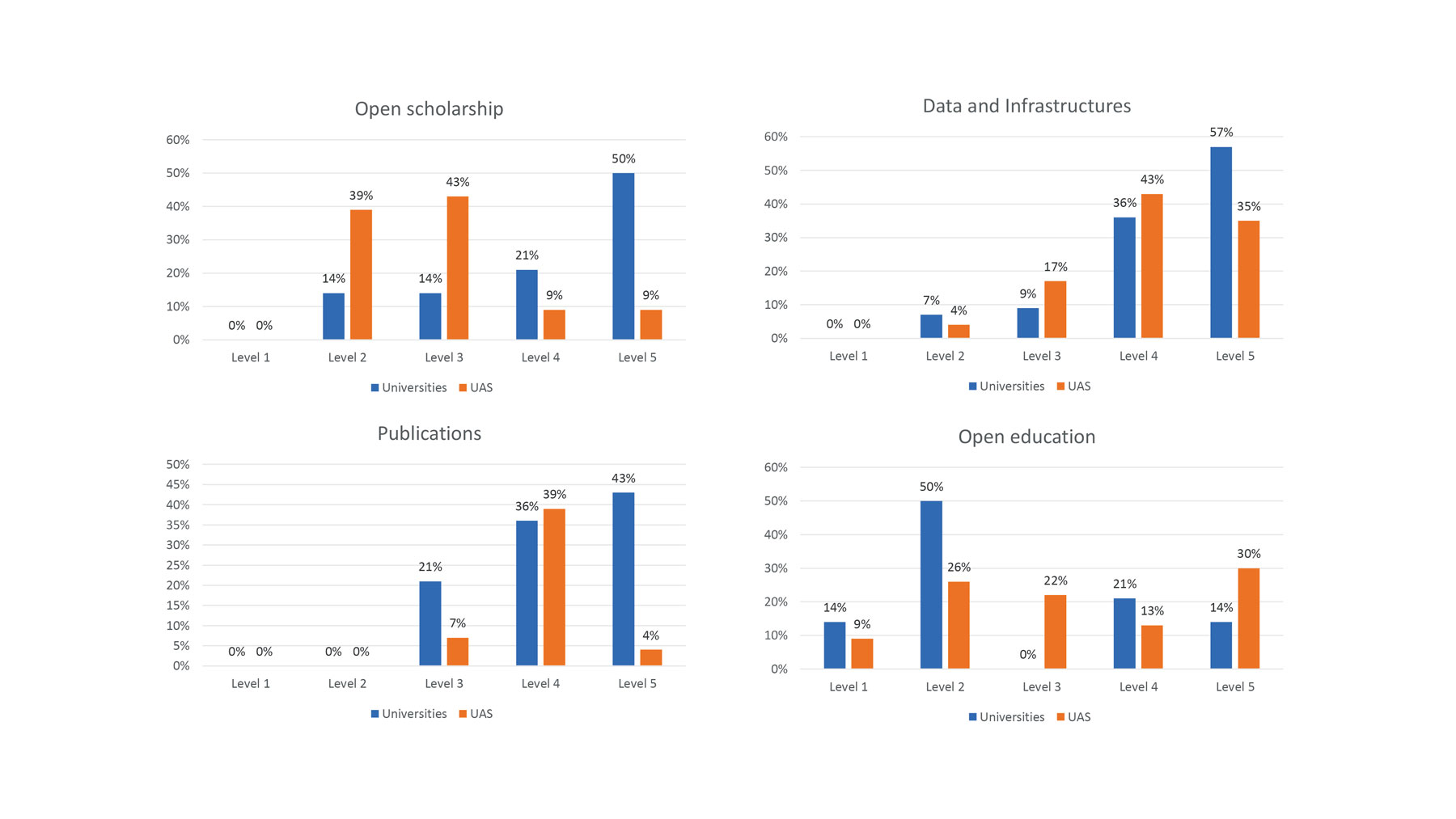
Open Science Monitoring: Openness as a Natural Part of Good Research Practices in Finland
A lot has happened in Finland over the past few years in relation to Open Science. Working together, the Finnish research community has defined policies and principles that facilitate the broader implementation of Open Science and research. In addition, openness has been monitored several times at the national level, and the aim is to become one of the leading countries in Open Science and research. Is this possible?
von Seliina Päällysaho

The Declaration for Open Science and Research 2020 – 2025 is the shared vision of the Finnish research community and was published in January 2020. This declaration promotes openness as a fundamental value of the research community and serves as a roadmap to the more open operational culture.
Skip to PDF contentAttached to the declaration are also several policies and recommendations which outline in detail the action plans to meet the defined goals. All this is to specify clearly how researchers should incorporate openness into their research. A completely new way of thinking has emerged, and openness is becoming a natural part of good research practices.
The level of openness
In addition, the real progress achieved by organizations was monitored at the national level in 2015, 2016, and 2019. Those evaluations were tracking how the research organizations have been adopting and embracing openness, pointing out the best practices but also areas of development.
In 2020, the National Open Science and Research Steering Group started to develop a next-generation model for monitoring Open Science and research. This monitoring aimed to foster the growth of Open Science and research within organizations, assess achievements, and provide a comprehensive perspective on the state of openness at both national and organizational levels.
The first new type of monitoring process was carried out in 2022. The process looked to existing indicators and a survey, covering indicators which couldn’t be sourced directly from any database. Interest was directed to Open Science policies: Culture for Open Scholarship, Openness of research data and methods, Open Access to publications, and Open Education and Open Access to educational resources. A five-level model (1-5) was developed based on the number of points earned. The level 5 reflected the highest level of competence.
Results in research organizations
This blog post presents some monitoring results in the context of the research universities (N=14) and the universities of applied sciences (UAS) (N=23). The complete set of data is openly available. Data reveals that the open operating models are already widely used in research organizations. In the overall assessments of openness, 36% of the universities and 39% of the UAS were on the highest level (level 5). None of the organizations remained at level 1, and only two universities and two UAS remained at level 2.
In the following, the degrees of openness are presented in above-mentioned four policy areas:
- The level of openness in the Culture for open scholarship was high in universities. Even 50% were at level 5. On the contrary, UAS were not very successful in this area. Only 9 % of the UAS were at level 5; most of the organizations (82%) were at levels 3 and 2. One reason might be that the national recommendations for the responsible researcher evaluation are not yet broadly adapted.
- The openness of Data and Infrastructures was at a good level; 57% of universities and 35% of UAS were at level 5, and 36% of universities and 43% of UAS at level 4. Only 7% of universities and 4% of UAS were at level 2. Especially the data management practices are already well-supported and included commonly in research processes. This first monitoring did not review the amount of open data sets. However, this is supposed to be done in the future monitorings.
- In monitoring the Open Access of publications, it was noted that 43% of universities were at level 5 but only 4% of the UAS were at level 5. Organizations active in parallel publishing gained lots of points in the monitoring. Results might be thus somewhat misleading since parallel publishing is not an essential procedure in UAS sector. Indeed, more than 90% of UAS publications are initially Open Access and not behind paywalls.
- Regarding Open Education, the UAS sector has made better progress than the university sector, though there was variation among organizations. At level 5, there were only 14% of universities but 30% of UAS. Indeed, the data showed that many organizations have the willingness to Open Education and educational resources, and the practices have been developed extensively, although the Open Educational Resources are still being published relatively modestly.

The degrees of openness in the four policy areas
Monitoring in the future
Monitoring reveals one kind of perspective on the current culture and competence in Open Science and research in Finland. The monitoring showed that Finnish research organizations are committed to the shared policies and have worked together to promote Open Science practices at national and organizational levels.
Skip to PDF contentWhile there are still many organizations that have not yet had much time to invest in development of openness, there are also several organizations that are well-advanced in implementing an open operating culture. In the future, it is still important to focus on joint development and the sharing of good practices. The next monitoring will take place in 2024, and it will be interesting to see the progress Finnish research community has made.
Seliina Päällysaho has a Ph.D. in Biology and M.Sc. in Economics. She works as a Research Manager in Seinäjoki University of Applied Sciences in Finland. She has done diverse work to support Open Science and research in higher education sector for almost ten years. Her current interests include research data management and open ecosystems. Seliina Päällysaho can also be found on LinkedIn.
Portrait: Seliina Päällysaho©
View Comments

Open Science & Libraries 2024: 10 Tips for Conferences & Events
Which conferences, symposia and other events could be worth a visit online or on site...



